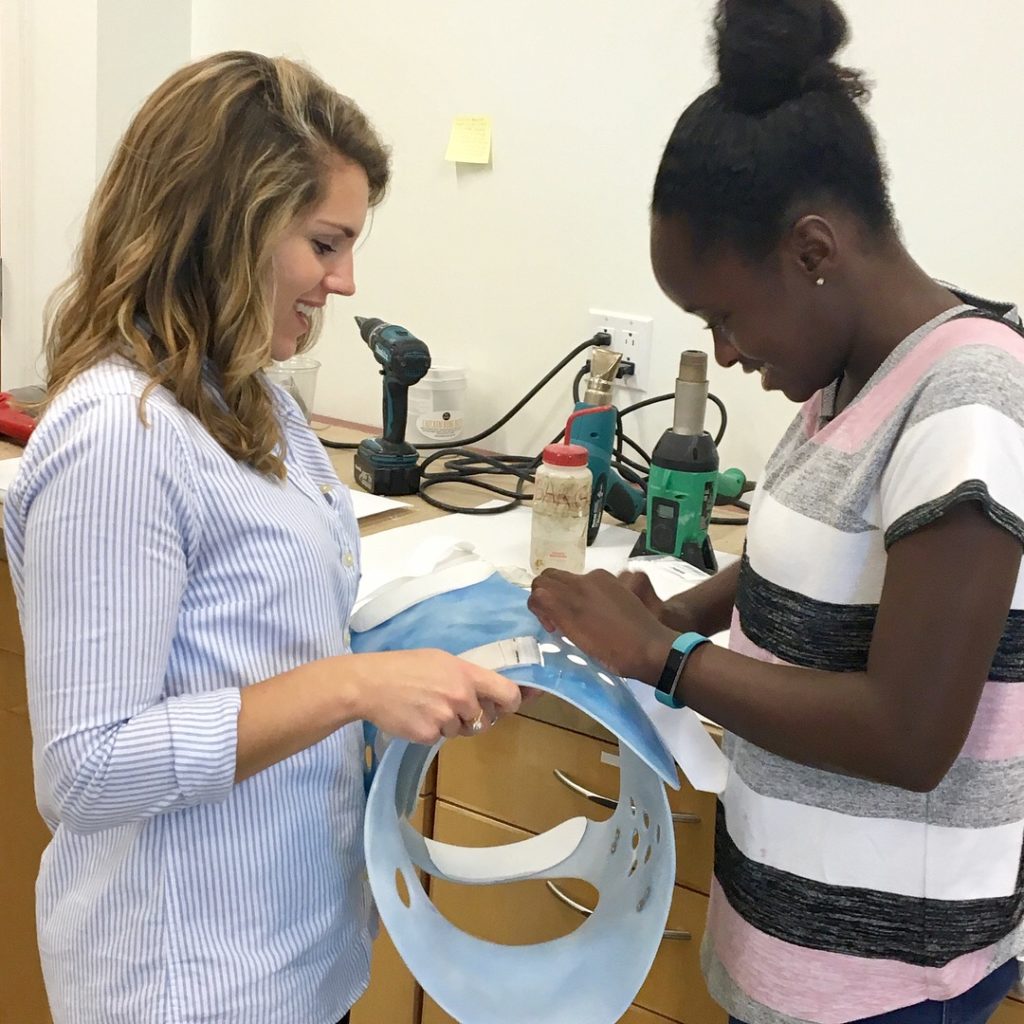The diagnosis of scoliosis can initially cause anxiety, grief, fear, and countless other emotions for both the patient and the parents. Knowing what to expect from treatment, hearing success stories, and other preparation will help pave the way for an easier journey. Although scoliosis is a lifelong condition, keeping the final “destination” – an improved spinal curvature – in sight will ease the way.
The following are a few steps that you might encounter on your scoliosis journey:
- One’s scoliosis journey begins with a diagnosis. Depending on the severity of the spinal curvature, the patient may be advised to either “watch and wait” to see how the curve progresses or begin treatment.
- Physical Changes. Scoliosis itself is a spinal curvature with a three-dimensional rotation. In some cases, the curve is visible to the average person and in other cases, the curve may not be noticeable without proper training of what to look for. Some of these signs include hips and shoulders appearing uneven and an asymmetrical bump on the back when bending forward. If progression occurs and curves grow large enough, it can result in pressure on vital internal organs.
- Back, neck and shoulder pain can occur as curves progress.
- X-Rays are required a minimum of three times per year to monitor the curvature. Treatment may last for several years, leading to cumulative radiation which often becomes a concern for parents. Fortunately, some facilities offer a low dose radiation option—the EOS® imaging system.
- Treatment often means a back brace to help stabilize curves. Patients typically wear the brace for 18-22 hours per day over the course of several years, often during those very formative middle school years. Understandably, patients undergo a certain amount of anxiety over wearing the brace. Additionally, the brace fabrication and fitting may require multiple appointments. Finding a skilled orthotist that specializes in scoliosis is the key to successful bracing. A competent orthotist will work with your physicians and others to create an individualized treatment plan.
- Physical Therapy. Scoliosis treatment often combines wearing a brace with ongoing physical therapy. Therapy is a tool that allows you to treat your scoliosis over your lifetime even after bracing is completed. There are several options to choose from with Schroth physical therapy being specifically designed for scoliosis.
- Despite the best non-surgical treatments available, a patient’s spinal curve will sometimes require corrective surgery. This is not the desired approach, but it is sometimes medically necessary. Early intervention, effective bracing, and patient compliance can help avoid surgery over 95% of the time.
As one adult scoliosis patient said, “This is a lifelong condition. This is not something that goes away. This is something that you have to make a commitment to for yourself.” As a scoliosis patient or a parent of one, you should recognize that the condition is a lifelong one. There are great resources available including caring and effective treatment facilities looking to assist you along the way. There are many success stories of patients who have undergone treatment which resulted in reduced or stable curves and a healthy frame of mind. Like any journey, you will likely encounter situations that cause hardship; however, we encourage you to do your research and engage with experienced professionals, as you stay the course in your scoliosis journey.
